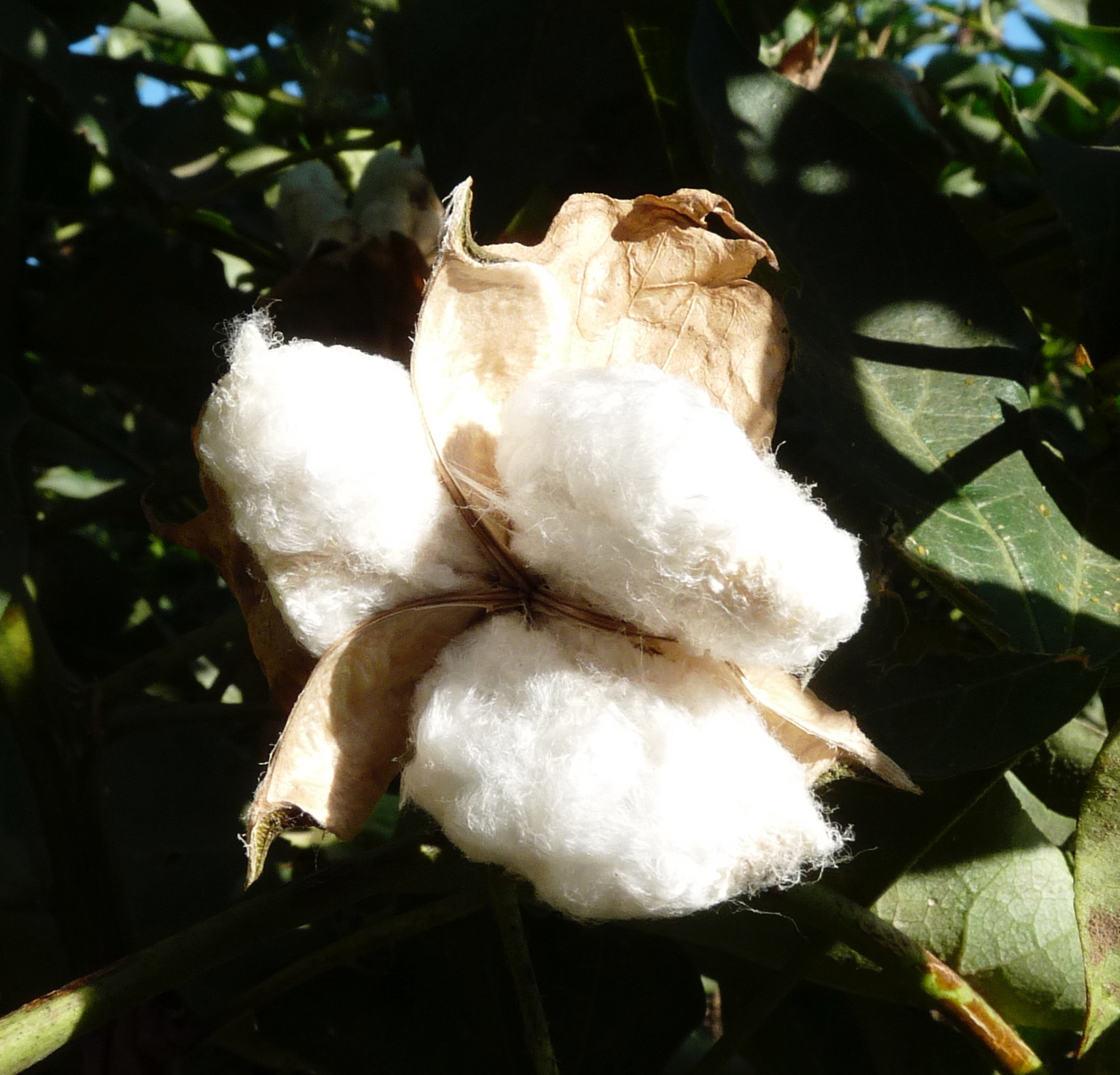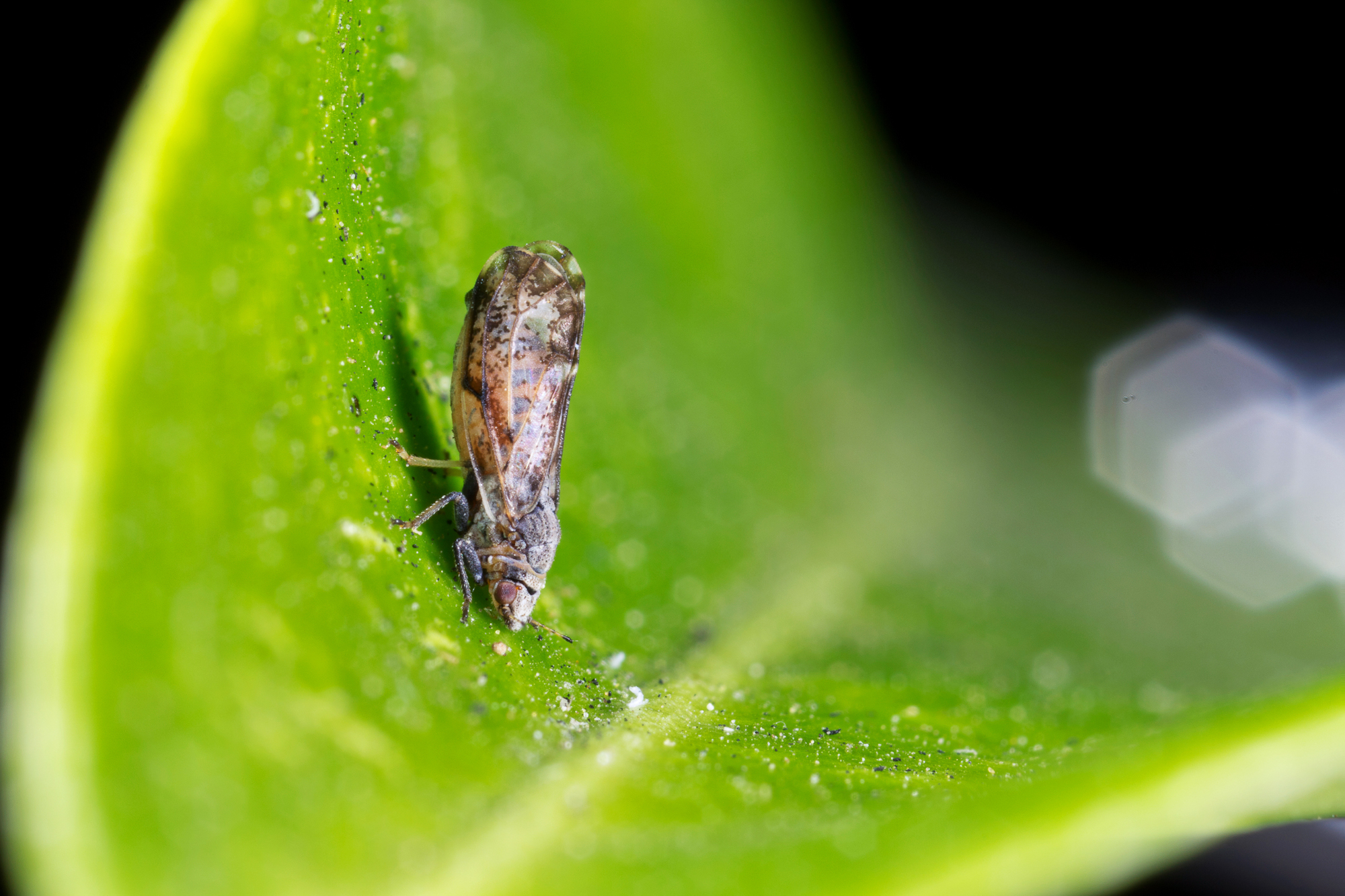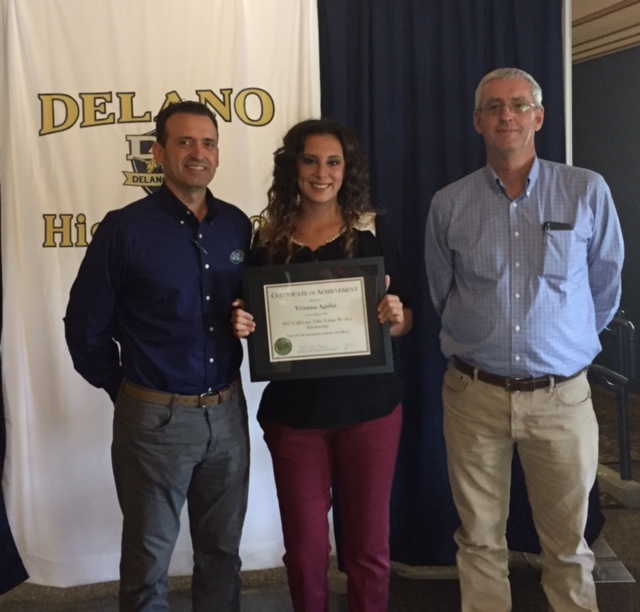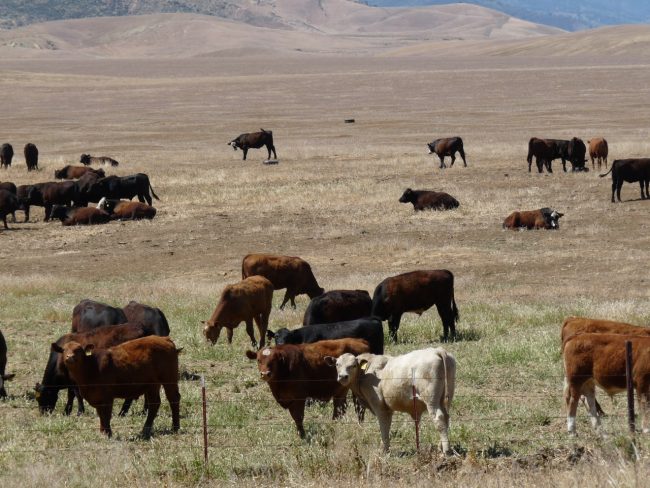Fresno County Cotton Bloom Nearing
Cotton Bloom Is Later This Year
By Melissa Moe, Associate Editor
Cotton is an important crop in the Central Valley. We spoke with Daniel Munk, an irrigation, crop nutrition management, and cotton production systems farm advisor for UC Cooperative Extension, Fresno County. He told us about the heat that Fresno has been seeing and it’s effect on the upcoming cotton bloom in the area.
“The only good side on the heat is that we haven’t had this heavy, very high temperature heatwave occurring during the bloom period. The problem with heatwaves is that you can get pollen sterilization and incomplete pollenization of the flower. With that, you can get reduced seed count and you get flower drop. Certainly don’t want to have these above average temperatures well into 105 and beyond during our bloom period,” Munk said.
“I think we’ll see some of our early bloom fields occur right about July 4th, which is a little bit later than we’d like to see it. We’re talking Pima and Acala as far as the bloom period. Well over 90% of our cotton here in California is Pima cotton,” he said.
It’s advised that farmers monitor their crop for necessary nutrient application, and consider their options when doing so.
“I think with the variable stands that we have out there right now and the variable productivity of those stands, it’s certainly appropriate to consider the variation and nutrient availability and requirements out there. This would be a good year to look at differential applications of a nutrients in a field, particularly where there’s some stand issues,” Munk said.






















